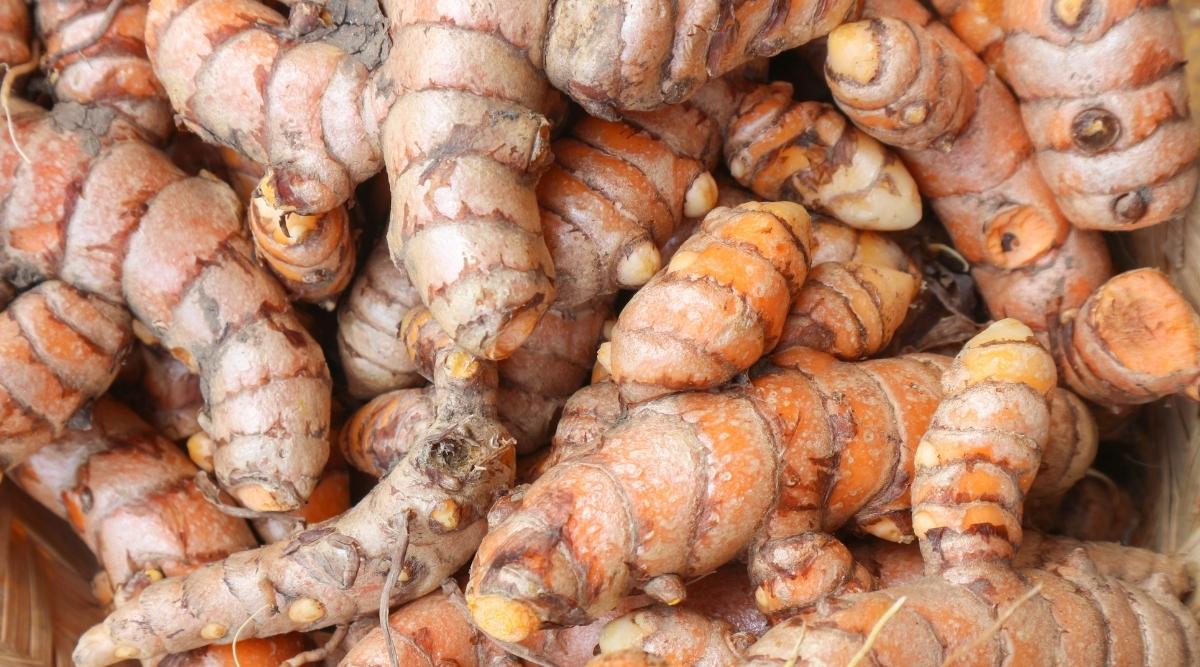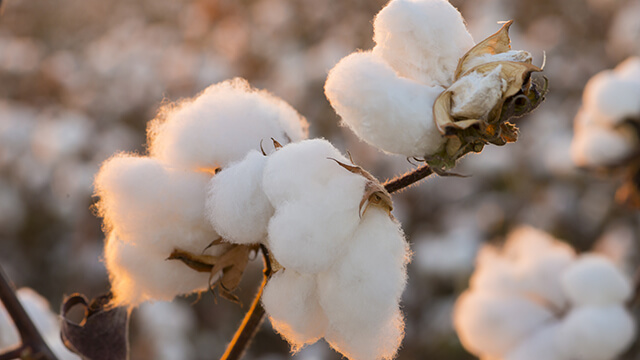The market’s recent performance for jeera has been marked by a notable recovery, with prices rising by 5.71% to close at 27215, mostly as a result of short-covering activity after a prior decline ascribed to improved production prospects in important cultivating regions like Gujarat and Rajasthan.
The amount of land cultivated for jeera has increased dramatically in both states this rabi season, to a four-year high, as farmers have responded to record prices from the previous selling season. But difficulties are on the horizon, such as less water available, fewer days with low temperatures, and worries about pest and disease attacks, especially fusarium wilt and blight, which are made worse by climate shifts.
The demand for Indian jeera has decreased globally despite the manufacturing boom, as consumers choose to purchase their jeera from Turkey and Syria instead of India because of the latter’s significantly higher prices. Technical analysis indicates that short-covering activity is currently taking place in the market, as seen by a significant price increase of 1470 rupees and a -1.02% decline in open interest.
At 26200, Jeera is currently finding support; 25170 could be a possible downside testing level. Resistance on the upside is expected at 27770; a breakthrough there would probably trigger a challenge of the 28310 levels.

